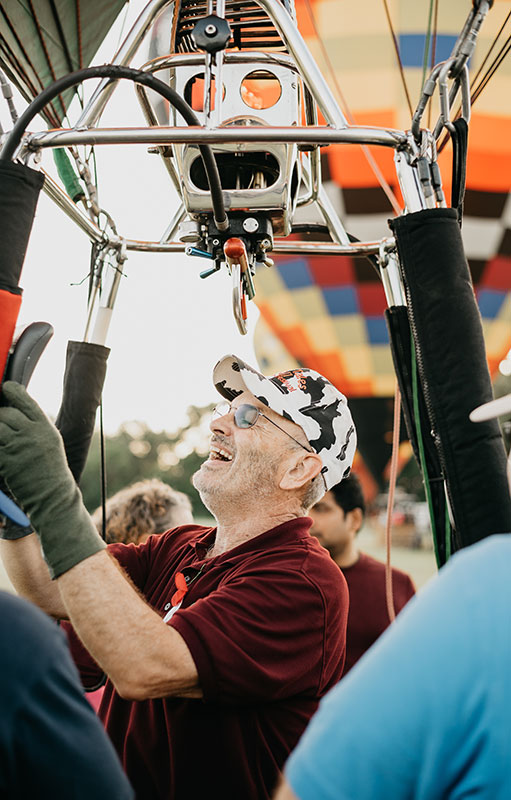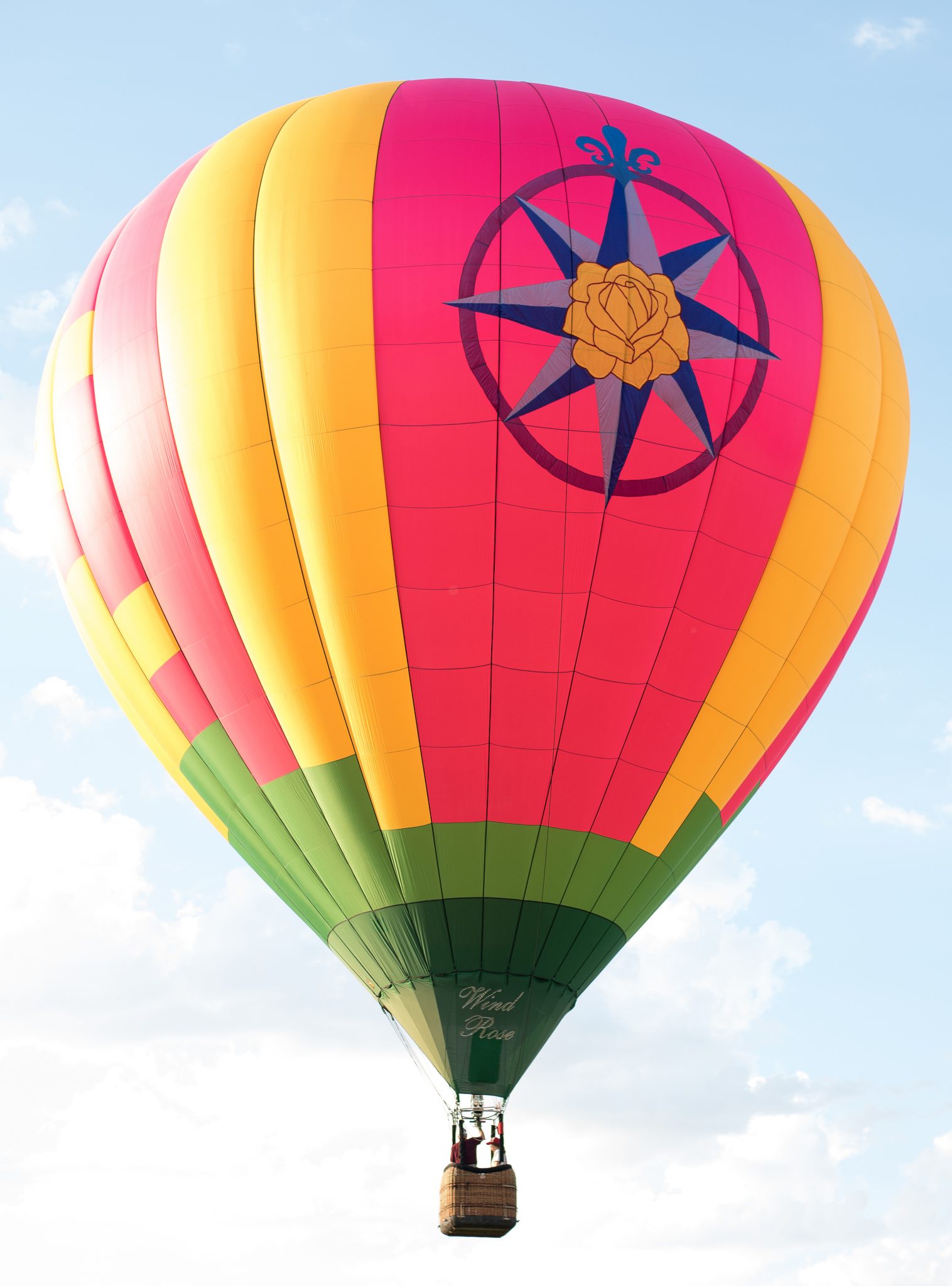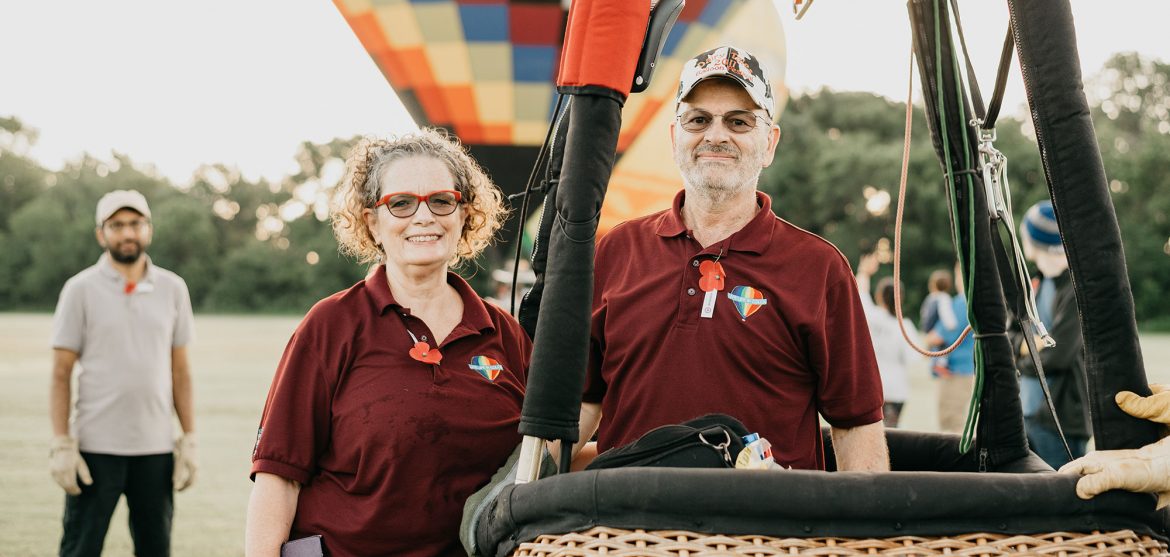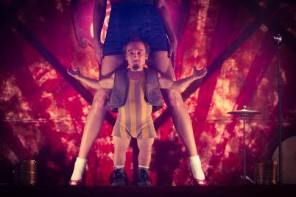From the military to ballooning, Chip Curtis’ life has followed an unconventional path. The retired air safety investigator and current hot-air balloon pilot got an early start to his flying career. He joined the United States Air Force at age 18 and spent the next 20 years traveling across the globe working on aircrafts.
After the service, Chip used his GI Bill to earn a bachelor’s degree in industrial technology and a private pilot’s license for fixed-wing aircrafts. A career at Boeing followed, as did a master’s degree in aviation safety. As an aviation safety engineer and air safety investigator, he attended an array of seminars to build a broader understanding of the industry. About that time, an event hosted by the Plano Balloon Association caught his attention.
“I took it to my boss; he chuckled,” Chip said. “And he said that my request was full of hot air.”
But he attended an eight-hour course, sat next to a couple who were both pilots, and decided he would try crewing for their balloon.
“I got a ride, and I was hooked,” Chip said. “And the rest is history.”

He got his lighter-than-air license and started learning about managing balloons, which led him to buy his own aircraft; hot air balloons are considered FAA-registered aircrafts.
After earning his required 75 hours to participate in festivals, Chip lifted off with his own balloon, the Wind Rose, in the 2012 Plano Balloon Festival; he’s been a part of the annual event ever since. The bright yellow and pink balloon sporting a wind rose got its name from ancient maps. Chip and his wife Ellen wanted to pay homage to sailors who drew these images on their maps and understood the power wind had over their ships – similar to the power it has over balloons.
“With a hot air balloon, it’s pretty much that pilots find a spot and then they are governed by the wind,” Chip said. “You know a general direction and what’s in front of you, but you have to learn how to be the engine.”
Acting as the engine meant learning how to use a balloon’s power to keep steady in the air. That didn’t come to life for Chip until he once turned off his burner too quickly while preparing to land, and his balloon started to immediately sink. He now teaches crew members how to balance that control and work with the winds to stay afloat.

Chip often takes up members of the media and sponsor businesses during the Plano Balloon Festival; sometimes they ask how he navigates the aircraft. He then points to a toy captain’s wheel in his balloon and tells them to go ahead and try.
That comes with its own challenges. While flying in the Highland Village Balloon Festival a few years back, Chip had to improvise a landing when the winds shifted.
“I realized I couldn’t get to the field and I didn’t have enough gas to get across Lake Lewisville, so I landed in this driveway,” Chip says. “This woman came out to see what was happening, and she went and woke up her teenage daughter and told her, ‘It’s not every day you have a hot air balloon land in your driveway.’”
Chip says there’s nothing more peaceful than flying his balloon. It takes a three-person team plus his wife to manage the aircraft weighing in with a 265-pound envelope – the correct term for the balloon – and a 465-pound basket. And despite his wife’s fear of heights, she still enjoys taking the balloon up.
“It’s just so calm and peaceful,” Chip explains. “I could stay up there forever.”
While each day is its own adventure, Chip described a typical day operating his balloon at the InTouch Credit Union Plano Balloon Festival.
A Day in the Life of a Hot Air Balloon Pilot
4 30 a.m. Chip and his team rise to prepare for the day’s festival.
6 a.m. All balloon pilots gather for the day’s first briefing. Here they review weather, find out team assignments and determine what kind of flights they will conduct.
6 30 a.m. Chip heads out to the field with other pilots to be ready by sunrise.
6 40 a.m. The festival hosts its second briefing and hangs an appropriate flag on the festival’s lift depending on weather conditions. Pilots know a green flag means all is good to prepare for flying out, a yellow flag means proceed with caution, red means fly at your own risk and black means the field is closed.
6 45 a.m. Chip begins assembling his balloon while watching the festival’s designated hare balloon, the first balloon scheduled to take flight. It also later determines the location of the drop point for the Hare and Hound competition.
6 50 a.m. As soon as the hare balloon hits the burner and starts its hot inflation, the other balloons can start their cold inflation. After the hare takes off, Chip starts to stand up his balloon. After a launch director gives the okay, balloons can take off at their designated time.
7 a.m. Pilots try to match the same flight as the hare balloon to get the best chance at dropping a baggie on the “X” left by the hare pilot, normally left around half a mile from the launch point. The goal is to follow the same path to get closest to their designated marker.
7 45 a.m. Chip and crew find a place to land, pack everything back in the chase truck, drive their passengers back to the launch field and refuel the balloon.
8 a.m. The crew grabs breakfast, then goes home to regroup and restock supplies for the day’s second flight.
3 p.m. The process starts all over again when Chip and the other pilots return to the festival for the sunset flight’s briefing process.
4 p.m. Chip uses this downtime to enjoy the festival’s offerings, either walking around to grab a bite to eat or talking to attendees.
6 30 p.m. Pilots and crews prepare to inflate balloons. Chip will either participate in the evening flight or plan for the tethered balloon glow; at this, pilots coordinate burners with the festival’s music without lifting off. If weather prevents an evening flight, the crowd will still be treated to a balloon glow.
9 p.m. After the last flight, guests prepare to watch fireworks. Chip and the pilots enjoy a meal provided by the festival and celebrate a successful weekend.
This year’s InTouch Credit Union Plano Balloon Fest is scheduled for September 21-23.
Plano Balloon Festival >




